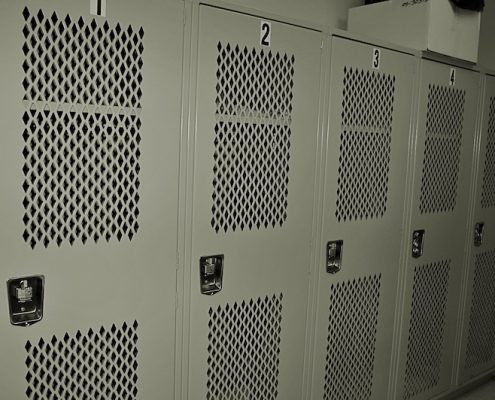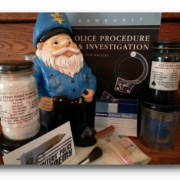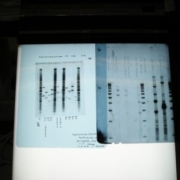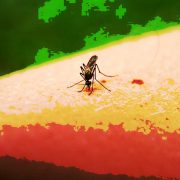Evidence Collection: Paper, Plastic, or … ?
There’s more to evidence collection than merely bagging and tagging bloody clothing and spent bullet casings. Crime scene techs are highly trained, skilled members of police agencies and forensic laboratories who more often than not provide the keys to solving cases.
In the “good old days,” many officers, including patrol officers, collected their own evidence (some still do, especially in smaller departments). They plodded into and poked around crime scenes, determining what items they thought might be of some value and then tossed those things into some sort of container—a grocery bag, department envelope, cardboard box, and even the cellophane wrappings from cigarette packs.  In those days there wasn’t a lot of consideration for sterility, and DNA hadn’t yet made its way on the “scene.”
In those days there wasn’t a lot of consideration for sterility, and DNA hadn’t yet made its way on the “scene.”
When investigators finally discovered plastic sandwich and ziplock bags you’d have thought they’d won the lottery, because packaging evidence had suddenly become a breeze. The problem with those new-fangled containers, though, was that detectives were placing everything in them, not knowing they could be destroying or damaging evidence instead of preserving it. And that brings us to the question of …
Paper or Plastic?
There’s a simple rule of thumb for deciding which type of evidence packaging—wet evidence goes in paper containers (wet evidence can degrade if placed inside plastic containers) and dry evidence goes in plastic.  Items that could be cross-contaminated must be packaged separately. There’s a rule of thumb for other types of evidence, too, and here’s a handy list for the proper packaging of those items.
Items that could be cross-contaminated must be packaged separately. There’s a rule of thumb for other types of evidence, too, and here’s a handy list for the proper packaging of those items.
Hair – Double packaging in paper is best. However, if the hair is completely dry, plastic will work in a pinch. Hairs recovered from different locations must be packaged separately and labeled accordingly. Tape all packaging seams.
Fibers – Dry, and tape-lifted, fibers may be placed inside plastic containers.
Rope, twine, and other cordage – Paper or plastic.
Paint chips – Place inside folded paper. Then place the paperfold inside an envelope.
Tools – Paper or cardboard.
Tape – Wear non-powdered gloves when handling tape. Submit samples inside plastic. If the tape is stuck to an item the item must be submitted with the tape still attached. Do not remove the tape!
Glass – Wrap in paper. Smaller pieces may be placed inside appropriate size cartons.
Arson and other fire evidence – Airtight metal containers. Unused paint cans work best.
Dried stains – Wrap stained item in paper or place inside cardboard box. Large items – moisten swab with distilled water, swab the stain, and package in paper or cardboard after drying.
Blood – Allow to air dry and then package in paper.

Evidence drying lockers












